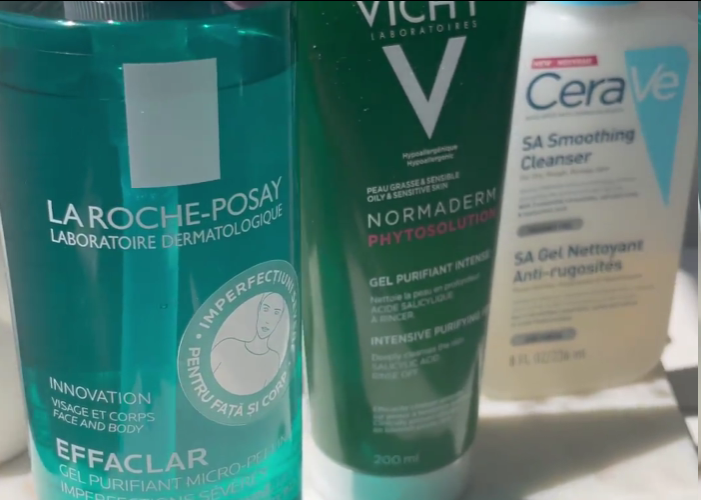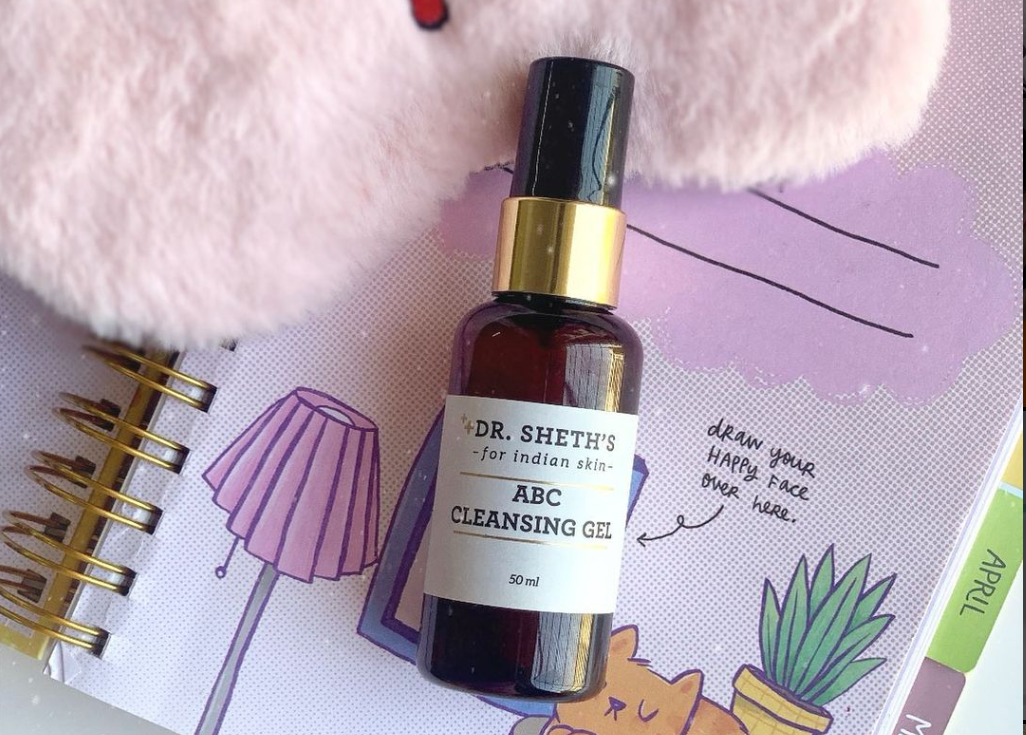Skincare is a critical aspect of personal health, with exfoliation playing a pivotal role in maintaining a radiant and clear complexion. An exfoliating cleanser is designed to remove dead skin cells, freeing the skin from the daily accumulation of debris and impurities. While its benefits are well-documented, a question often arises: Is it wise to use an exfoliating cleanser every day? This article dives into the nuances of exfoliation frequency and offers insights to help you craft a skincare routine that promotes a healthy, glowing visage without compromising the skin’s delicate balance.
Understanding Exfoliation and Skin Health

Exfoliation is the process of removing dead skin cells from the epidermis, the outermost layer of the skin. This can be achieved through two primary methods: physical and chemical exfoliants. Physical exfoliants use small particles or tools to scrub away dead skin, whereas chemical exfoliants, such as AHAs and BHAs, dissolve the bonds between skin cells to promote natural shedding. Both methods aim to renew the skin’s surface, but they must be used with careful consideration to prevent overstimulation.
Benefits of Regular Exfoliation
The advantages of integrating exfoliation into your skincare routine can be significant. Here are some key benefits:
- Clearer Pores: Regular exfoliation helps to keep pores free from buildup, reducing the risk of acne and breakouts.
- Better Product Absorption: By removing the layer of dead skin cells, exfoliating aids the skin in absorbing moisturizers and serums more effectively.
- Smoother Skin Texture: Regular removal of dead skin promotes a smoother and more even skin texture.
The Debate: Daily Use of Exfoliating Cleansers

Those in favor of daily exfoliation contend that consistent use can help maintain clear skin and counteract the effects of environmental pollutants and makeup. Daily exfoliation, they argue, can be particularly beneficial for individuals with oily or acne-prone skin, as it assists in preventing the accumulation of sebum and dead skin cells that can lead to breakouts.
Conversely, there are drawbacks to excessive exfoliation. Over-exfoliation can strip the skin of its natural oils, leading to increased sensitivity and irritation. It may also disrupt the skin’s barrier function, paving the way for infections and chronic skin conditions. The key is to find a balance that preserves the integrity of the skin while still reaping the benefits of exfoliation.
How to Determine Your Ideal Exfoliation Routine
Identifying your skin type is a crucial step in developing an effective exfoliation routine. Here is a brief overview of considerations for each skin type:
| Skin Type | Considerations |
|---|---|
| Dry | May require less frequent exfoliation with hydrating ingredients. |
| Oily | Could potentially benefit from more frequent exfoliation to manage sebum levels. |
| Combination | Targeted exfoliation may be necessary, focusing on oily areas. |
| Sensitive | Should opt for mild exfoliation, avoiding harsh chemicals or abrasives. |
Every individual’s skin is unique, requiring a personalized approach to exfoliation. It’s important to start slowly and monitor how your skin reacts to exfoliation. If redness, irritation, or increased sensitivity occurs, it may be a sign to scale back. Conversely, if your skin appears dull and lacks radiance, increasing the frequency of exfoliation might be beneficial.
Alternative Exfoliation Methods
For those seeking different methods of exfoliation beyond cleansers, consider the following options:
- Gentle Exfoliating Tools: Use soft brushes or cloths to mechanically exfoliate the skin without harsh scrubbing.
- Natural Enzymatic Exfoliants: Products with fruit enzymes offer a more gentle form of chemical exfoliation suitable for all skin types.
Professional Recommendations and Best Practices
Dermatologists often suggest a balanced exfoliation routine that aligns with your skin type and concerns. This may range from once a week for sensitive skin types to two or three times a week for more resilient skin. Always consult with a skincare professional before implementing a new exfoliation regimen, especially if you have underlying skin conditions.
Top Recommended Exfoliating Cleansers for Different Skin Types
Different skin types can benefit from specific exfoliating cleanser formulations. For example, cleansers containing salicylic acid work well for oily skin, whereas lactic acid is better suited for drier skin types. Products featuring glycolic acid can generally cater to a broader range of skin conditions. Below are some product suggestions across various categories:
| Skin Type | Product Recommendation | Key Ingredient |
|---|---|---|
| Oily/Acne-Prone | AcneFree Oil-Free Acne Cleanser | Salicylic Acid |
| Dry/Sensitive | Cetaphil Gentle Exfoliating Cleanser | Lactic Acid |
| All Skin Types | Neutrogena Bright Boost Resurfacing Micro Polish | Glycolic Acid |
Conclusion: Finding Your Exfoliation Balance
In conclusion, while exfoliation is a vital part of maintaining healthy skin, it’s just as important to understand that more isn’t always better. By recognizing your skin type, observing how your skin responds, and making adjustments when necessary, you can integrate exfoliation into your skincare routine effectively. Remember to prioritize skin health over aggressive treatments, and when in doubt, seek advice from a dermatologist.
FAQs
- Q1: Can over-exfoliation cause permanent damage to the skin?
- A1: While permanent damage is rare, over-exfoliation can lead to chronic skin issues. It’s essential to follow a balanced exfoliation routine to avoid long-term problems.
- Q2: How can I tell if I’m exfoliating too much or too little?
- A2: Over-exfoliation often results in redness, irritation, and increased sensitivity. Under-exfoliation may leave your skin looking dull and feeling rough. Adjusting frequency based on these signs can help find the right balance.
- Q3: Are there specific ingredients I should look for in an exfoliating cleanser?
- A3: Ingredients to look for depend on your skin type. Generally, salicylic acid is good for oily or acne-prone skin, while lactic acid might be better for dry or sensitive types. Glycolic acid is a common choice for a variety of skin types.
- Q4: Should individuals with sensitive skin avoid exfoliating cleansers entirely?
- A4: Not necessarily. Those with sensitive skin should opt for gentler, less frequent exfoliation with mild products designed for sensitive skin.
- Q5: Is it okay to use other exfoliating products, like scrubs or brushes, with an exfoliating cleanser?
- A5: It’s best to avoid combining too many exfoliating methods, as they can be too harsh on the skin. Choose one method that works best for you and alternate with non-exfoliating products.
